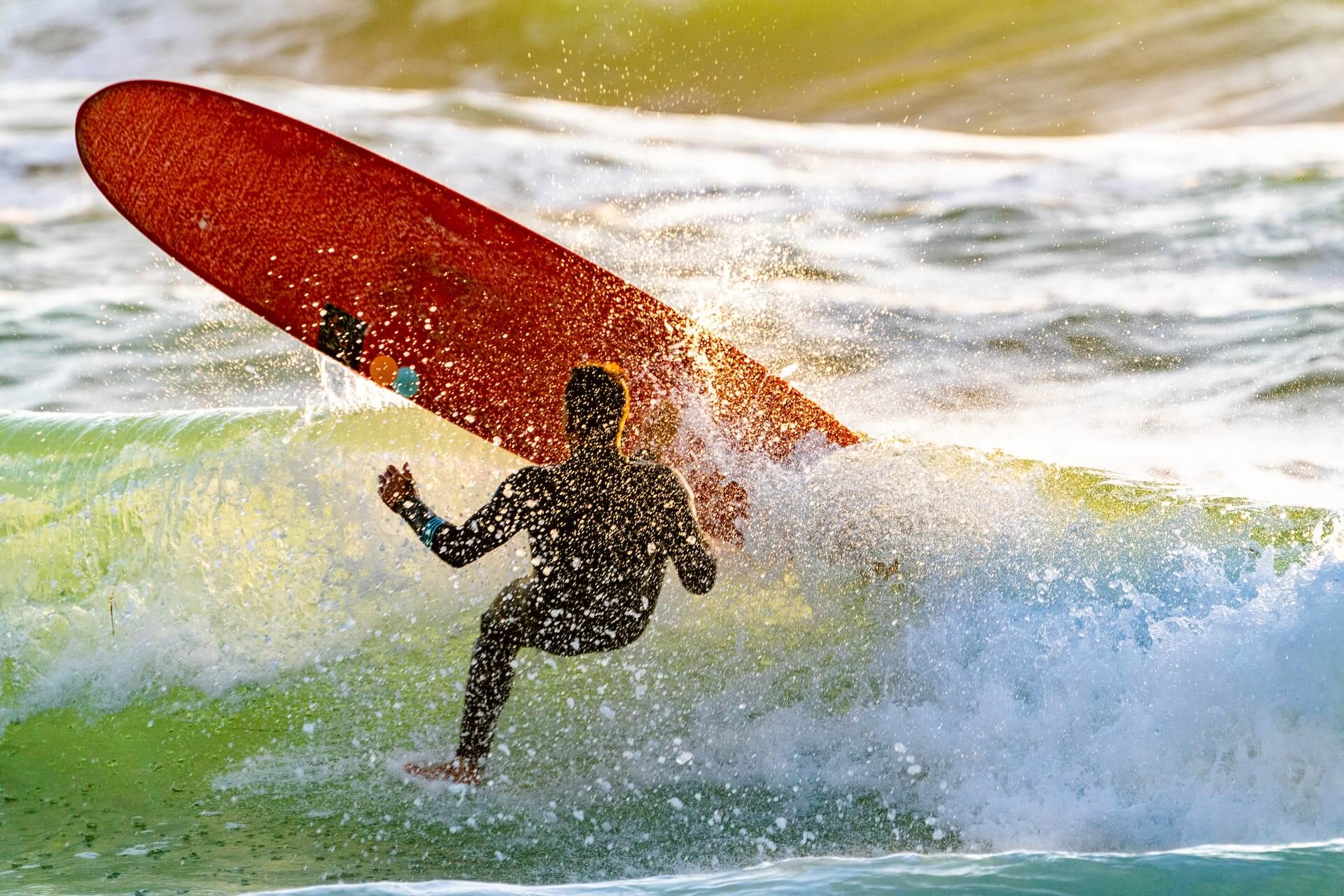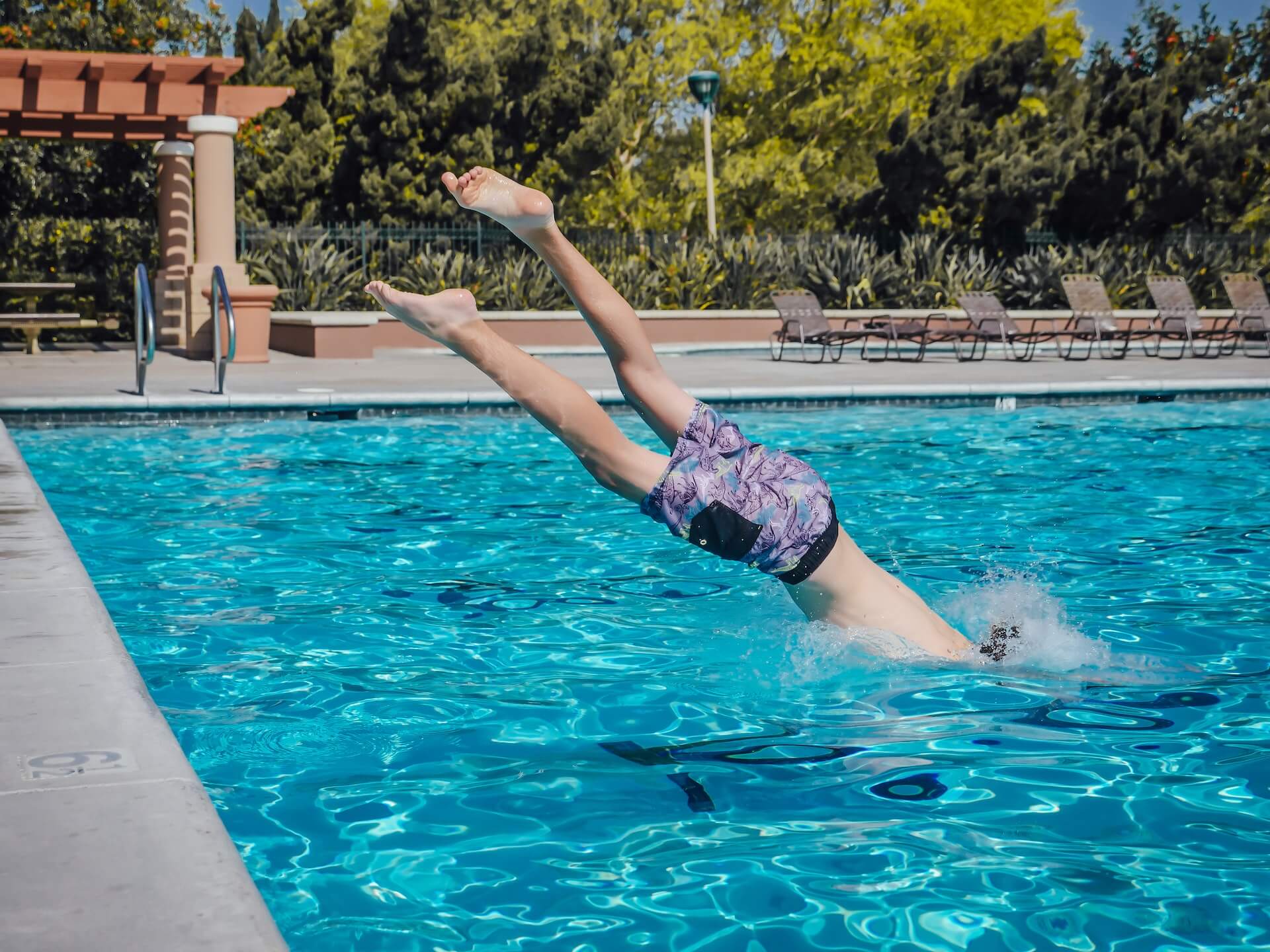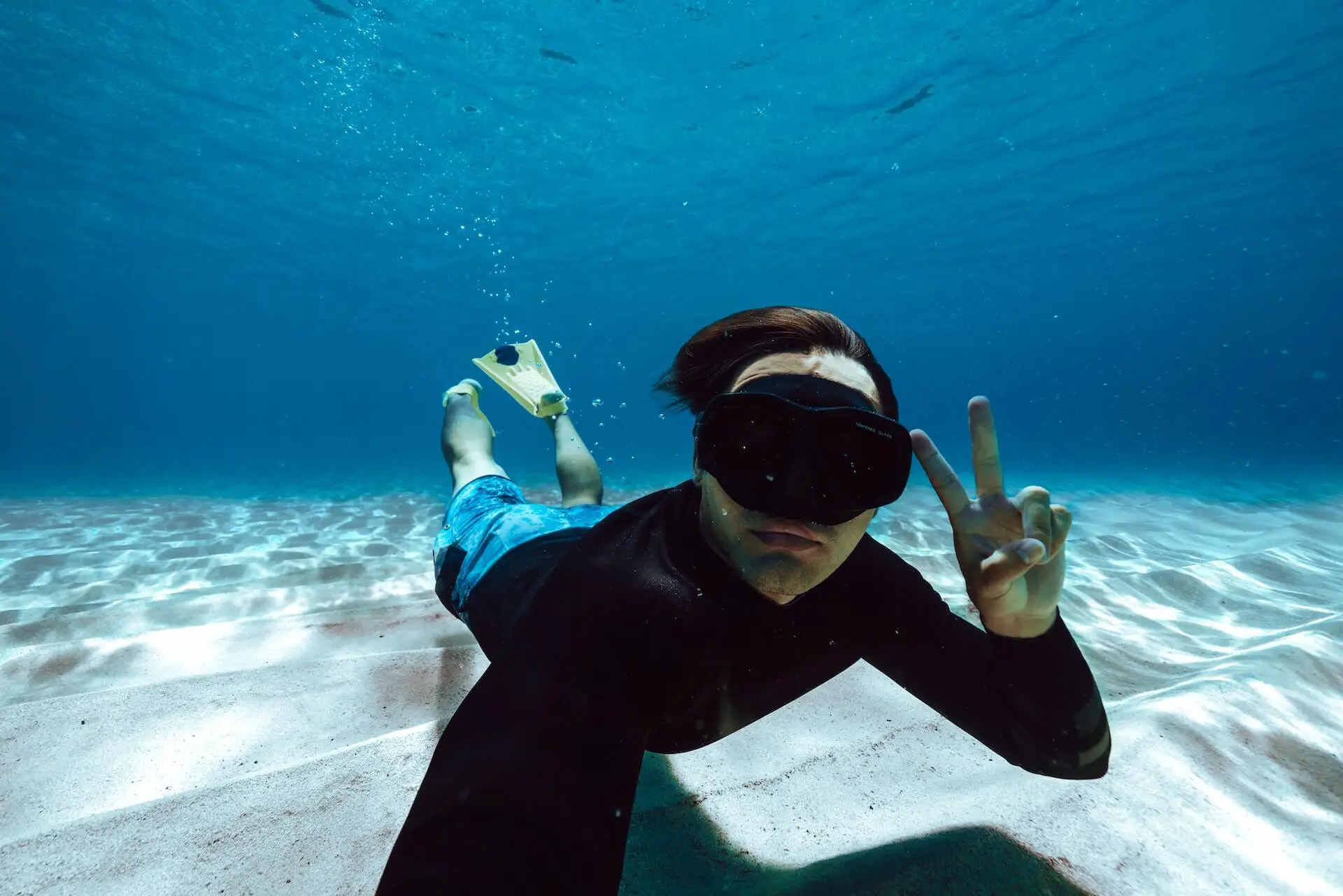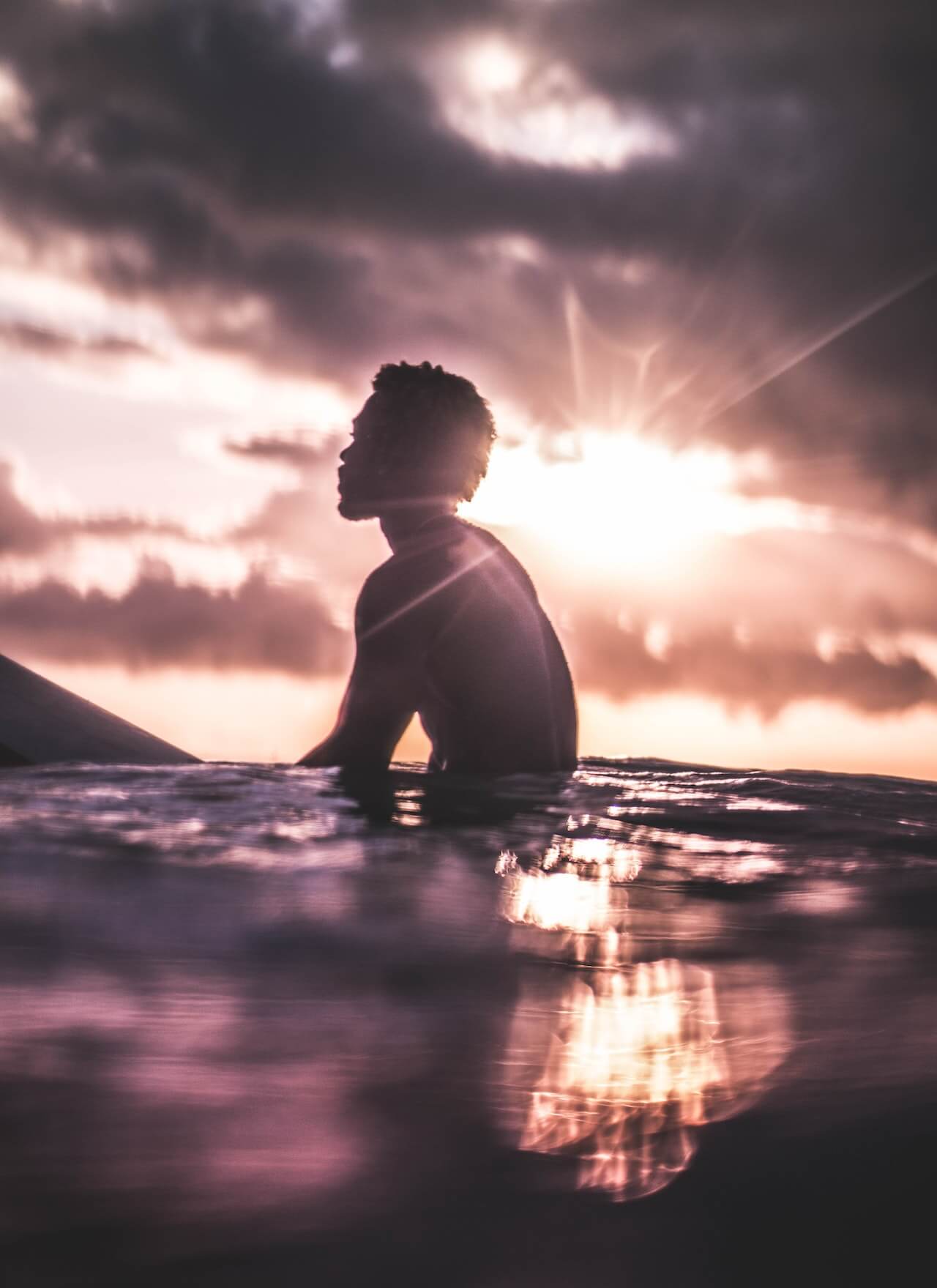If you’re currently shopping for board shorts, you might be wondering why there are so many board shorts of varying lengths. Is there an ideal length? How does it vary between men and women? And most importantly, what’s the purpose behind those varying lengths?
Board shorts typically range in length from mid-thigh to below the knee. Their length is not just a matter of style but is deeply rooted in functionality and comfort, especially when surfing. However, with evolving fashion and the broadening appeal of board shorts for casualwear and swimming, there’s a length out there for everyone, regardless of their beach activity.
Now, if you’re wondering how to pick the perfect pair or simply curious about why certain lengths are preferred for specific activities, keep reading on to find out.
How long should board shorts be?
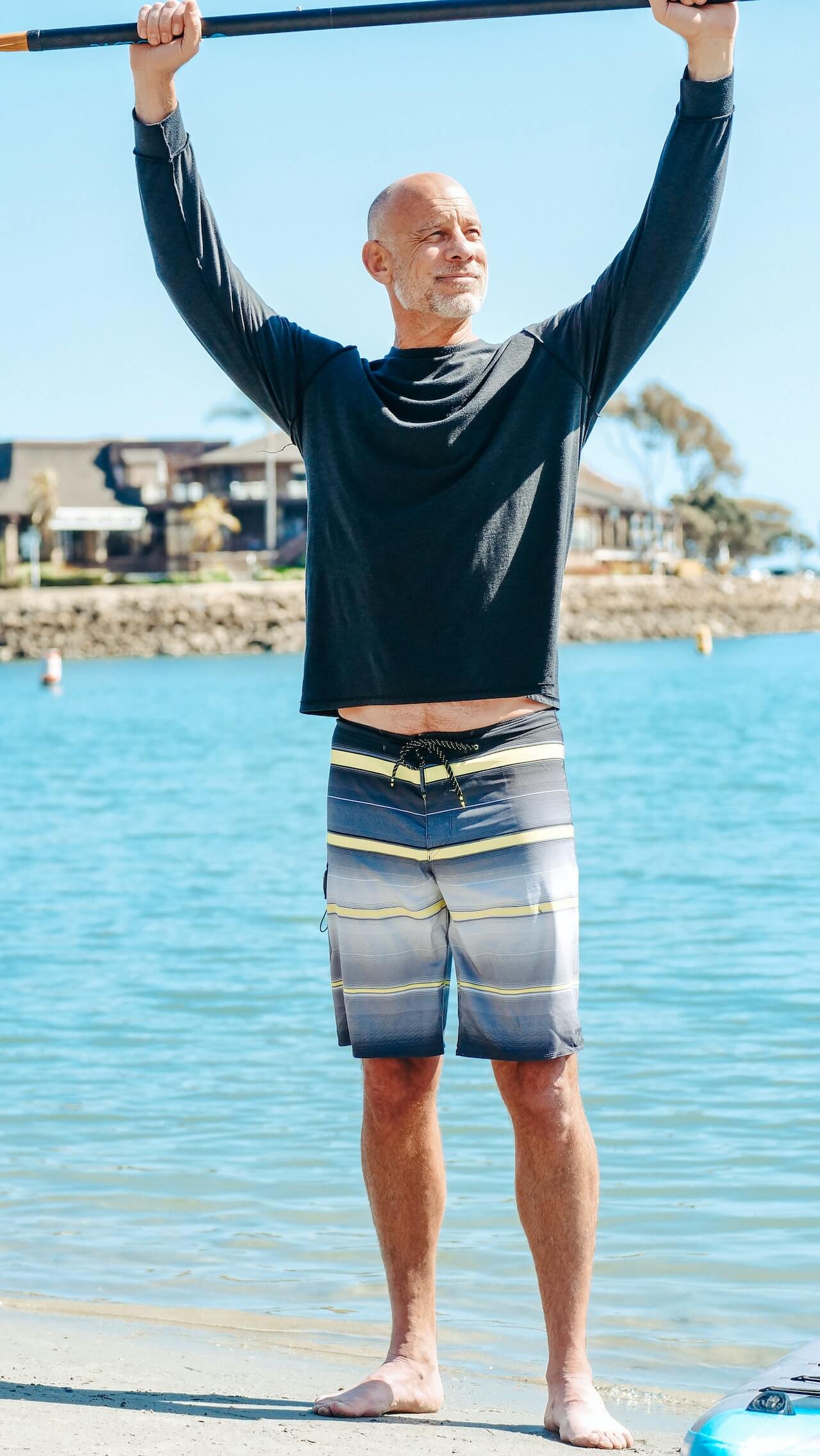
Board shorts typically range in length from 16-24”, which reaches anywhere from mid-thigh to below the knee, with the most common length being just above the knee.
The right length for an individual often depends on personal preference, activity (such as surfing, swimming, or lounging), and current fashion trends.
For surfing, longer board shorts can help prevent thigh rash, whereas for swimming or casual wear, some might prefer a shorter length for ease of movement and style.
How long are women’s board shorts?
Women’s board shorts typically range in length from very short (similar to a running short) to knee-length. However, most commonly, women’s board shorts sit mid-thigh.
The length a woman chooses can be based on the activity she’s engaging in, comfort, personal style, or a combination of these factors. Over the past few years, a trend towards shorter board shorts for women has been noticeable, emphasizing both fashion and functionality.
Why are board shorts longer than regular swim shorts?
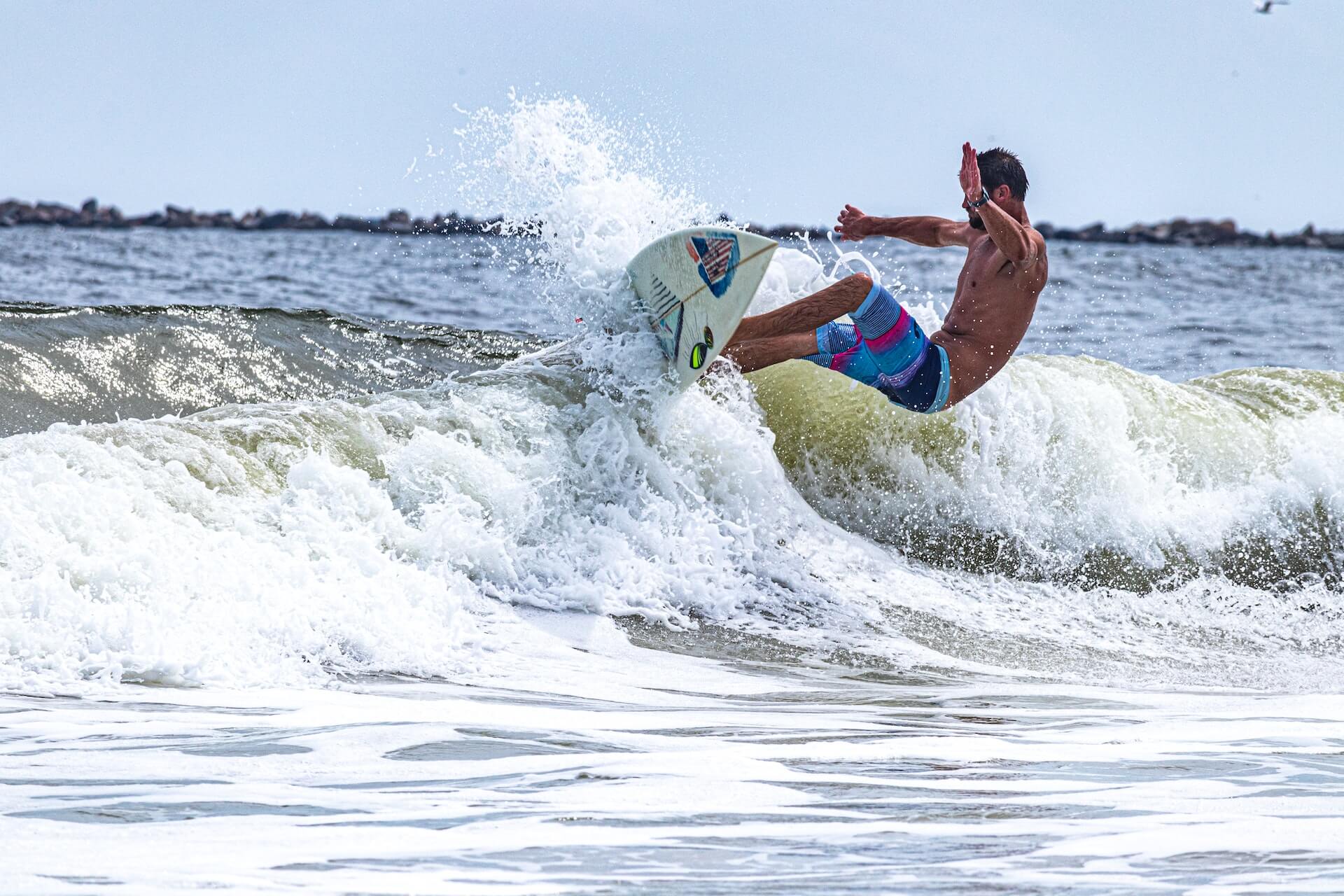
Board shorts were originally designed for surfing, and their longer length serves practical purposes. The longer length helps:
- Protection: They help in reducing the risk of thigh rash from the waxed surfboard surface.
- Coverage: While surfing, the longer length ensures more coverage which can be beneficial when duck diving under waves or wiping out.
- Functionality: The longer design, often with a loose fit, ensures that they don’t easily ride up while active in the water.
Over time, this design also became popular as a fashion statement beyond the surfing community, and the longer style became associated with the laid-back beach and surf culture.
How do I measure the length of board shorts?
To measure the length of board shorts:
- Lay them flat: Place the board shorts on a flat surface, ensuring they’re smooth and not wrinkled.
- Measure from top to bottom: Using a tape measure, start measuring from the top of the waistband (at the middle) down to the bottom hem of the shorts.
- Check product details: Many manufacturers provide the ‘outseam’ measurement, which is essentially the length of the board shorts from the waistband to the bottom hem.
Do board shorts come in different lengths?
Yes, board shorts do come in various lengths. While traditional board shorts were longer, reaching towards or past the knee, there are now multiple lengths available to cater to different preferences and activities:
- Short Length: These may hit mid-thigh and are often chosen for activities like beach volleyball or for those who prefer a shorter style.
- Medium Length: These typically sit just above the knee and can be a versatile choice for both water activities and casual wear.
- Long Length: These go to the knee or slightly below. They’re the traditional choice for surfers but are also popular for their style and coverage.
When choosing the length, consider both comfort and the activities you’ll be engaging in.
Are longer board shorts better for surfing?
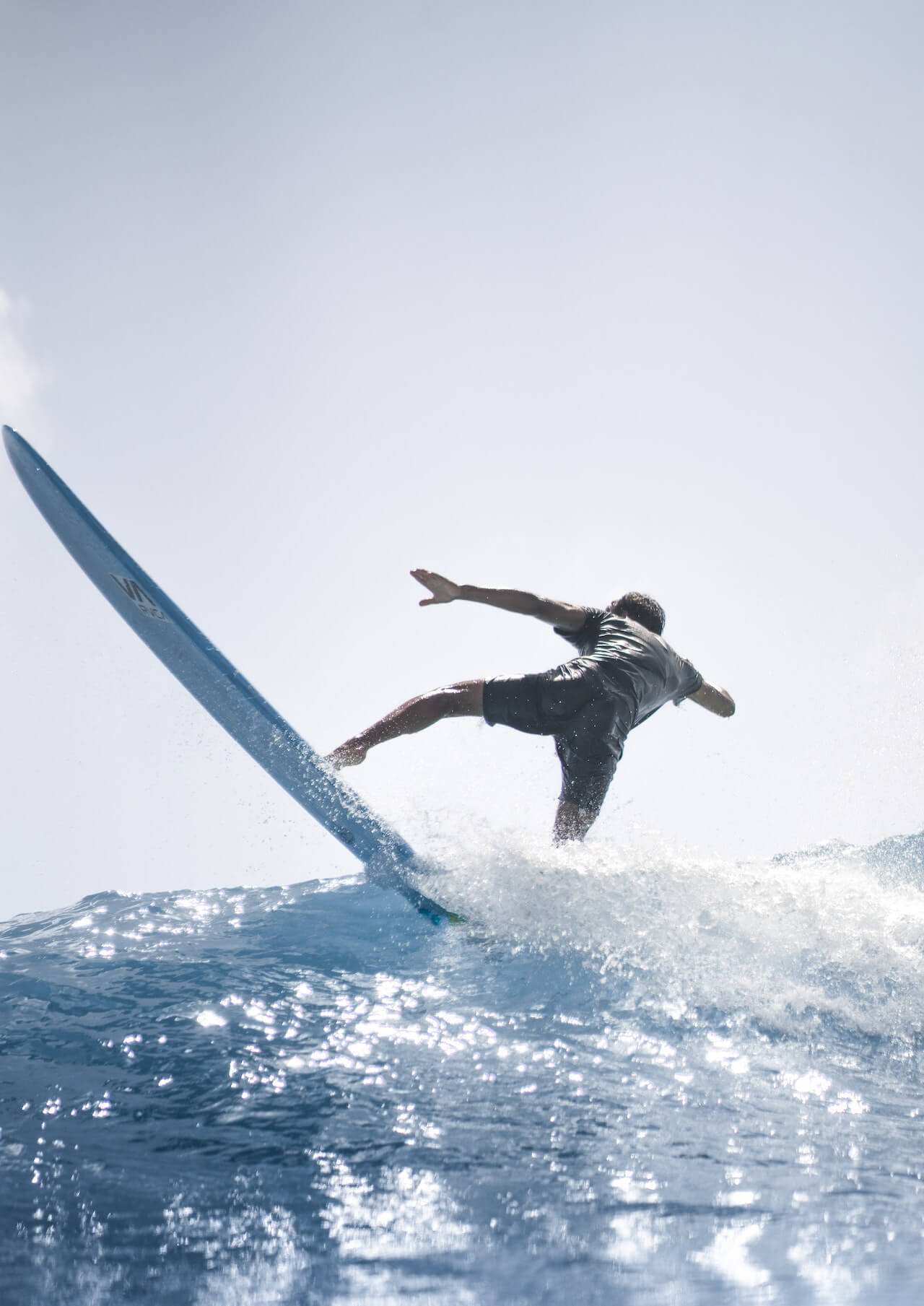
Yes, longer board shorts are often preferred for surfing for several reasons:
- Protection Against Rash: The primary purpose of the longer length is to protect the thighs against rash, which can occur due to friction between the legs and the surfboard, especially when the board is waxed.
- Coverage: Longer shorts provide more coverage, which can be advantageous when riding waves, duck diving, or during wipeouts, ensuring the shorts remain in place.
- Sun Protection: They offer additional protection against sun exposure, which is essential given the extended hours surfers spend in direct sunlight.
However, the ideal length can vary based on individual preferences and the specific surfing conditions. While longer shorts offer protection, some surfers might opt for a slightly shorter length for more freedom of movement.
Is there a difference between board shorts for professional surfers and casual beachgoers?
There can be differences between board shorts designed for professional surfers and those meant for casual beachgoers:
- Material: Board shorts for professional surfers are often made of high-performance, quick-drying materials that reduce drag and can endure the rigors of frequent and intense surfing.
- Fit: Pro shorts may have a more tailored fit to prevent drag in the water, while casual shorts might offer a more relaxed fit for comfort.
- Features: Professional board shorts might have features like welded seams (to reduce chafing), specialized pockets (to hold wax or other essentials), and advanced closure systems for a secure fit. Casual board shorts might prioritize style, patterns, and convenience over these features.
- Length: As mentioned earlier, longer shorts might be preferred by surfers for protection, while casual beachgoers could opt for various lengths based on style and comfort.
How do I choose the right length of board shorts for my height?
Choosing the right length of board shorts for your height mainly revolves around personal preference, but some general guidelines can help:
- Short Individuals (below 5’6″): Mid-thigh to just above the knee might be a flattering length.
- Average Height (5’6″ to 6’0″): Just above the knee to at-the-knee can be a versatile choice.
- Tall Individuals (above 6’0″): At-the-knee to below-the-knee might provide a proportionate look.
These are just suggestions, as the “right” length is subjective. The best way to choose is to try on different lengths and select what feels and looks the best for your unique body type and intended activity.
Do board shorts shrink after washing?
Most modern board shorts are made from synthetic materials like polyester or nylon, which are resistant to shrinkage. However, if they are exposed to very high temperatures, such as in a hot dryer, there’s a slight chance of minimal shrinkage.
Always refer to the care label on the shorts, as some might have a blend of materials or specific washing/drying instructions.
How do I care for my board shorts to maintain their length and quality?
To ensure the longevity and quality of your board shorts:
- Rinse After Use: Always rinse your board shorts in fresh water after using them in the ocean or pool to remove salt, chlorine, and any other contaminants.
- Wash in Cold Water: Use cold water for washing to maintain the color and fabric integrity.
- Use Mild Detergent: Avoid harsh detergents as they can break down the fabric over time.
- Avoid Fabric Softeners: They can affect the quick-drying properties of the material.
- Air Dry: Whenever possible, allow your board shorts to air dry. Avoid using a hot dryer as it can cause the fabric to weaken or potentially shrink.
- Avoid Ironing: If you must, use a low setting, but generally, the material of board shorts doesn’t require ironing.
Following these care instructions can help maintain the quality, color, and fit of your board shorts for many seasons.
Sources:

